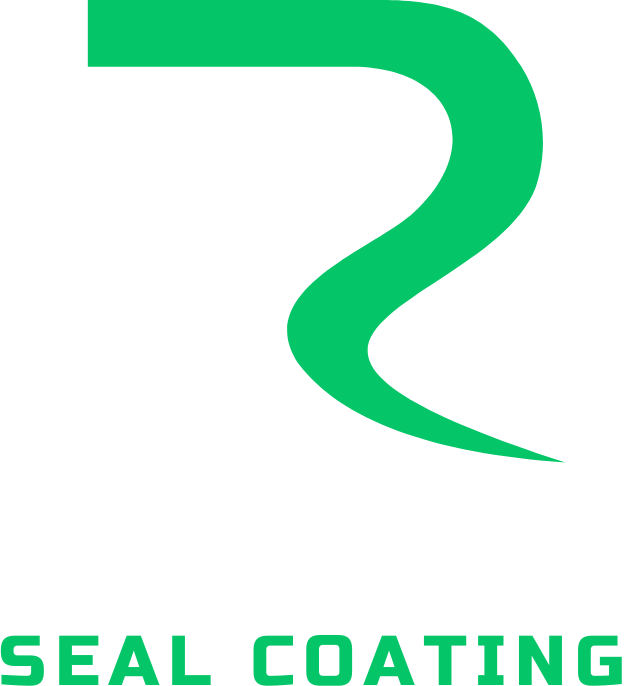Hot Patching
Need Professional Asphalt Hot Patching Services in Metro Detroit?
Rragami Sealcoating is the premier contractor for asphalt hot patching services in Metro Detroit, delivering top-quality repairs with precision and efficiency. With years of expertise, state-of-the-art equipment, and a commitment to excellence, we ensure durable and long-lasting solutions for residential and commercial properties. Trust Rragami Sealcoating for reliable, professional asphalt restoration that stands the test of time.
What is Hot Patching?
Asphalt hot patching is a repair method used to fix potholes, cracks, and other surface damage in asphalt pavement. This process involves heating fresh hot-mix asphalt and applying it directly to the damaged area, ensuring a strong, durable bond with the existing pavement. Unlike cold patching, which is a temporary fix, hot patching provides a long-lasting solution by seamlessly integrating with the surrounding asphalt, preventing further deterioration and extending the life of the pavement. It is commonly used for roads, driveways, parking lots, and other high-traffic areas.
FAQs
How is hot patching different from cold patching?
Hot patching uses heated asphalt for a stronger, more permanent repair, while cold patching uses a pre-mixed asphalt that can be applied at ambient temperatures but is typically a temporary fix.
What types of damage can be repaired with hot patching?
Hot patching is ideal for fixing:
- Potholes
- Large cracks
- Raveling (loose asphalt)
- Depressions and uneven surfaces
How long does hot patching last?
Hot-patched asphalt repairs can last several years, depending on traffic, weather conditions, and maintenance. It is considered a permanent repair method.
When is the best time to do hot patching?
Hot patching is best done in warmer months (spring, summer, and early fall) when temperatures allow proper bonding. However, it can also be done in colder weather with specialized equipment.
How soon can I drive on a hot patch repair?
Typically, the patched area can be driven on within a few hours, but it is best to wait at least 24 hours for full curing.
Can hot patching be done in winter?
Yes, but it requires specialized equipment to keep the asphalt hot. Winter repairs are more challenging but can be done if necessary.
What causes potholes and asphalt damage?
Potholes and asphalt deterioration are primarily caused by:
- Water infiltration
- Freeze-thaw cycles
- Heavy Traffic loads
- Lack of maintenance
How is hot patching applied?
- The damaged area is cleaned of debris and loose asphalt.
- The edges are cut and squared for a better bond.
- Hot asphalt is poured into the area and leveled.
- The material is compacted using a roller or tamper.
How do I maintain a hot-patched area?
- Avoid heavy traffic on the patch for at least 24 hours.
- Sealcoat the asphalt after a few months for added protection.
- Keep the area free from standing water to prevent further deterioration.

